Professor Adjunto da Universidade Federal do ABC, no Centro de Engenharia, Modelagem e Ciências Sociais Aplicadas. Credenciado ao curso de Engenharia de Materiais, área de Materiais Compósitos, com ênfase em pesquisa nas áreas de Compósitos Estruturais, Interfaces e Adesão. Pós doutorando no Departamento de Física Experimental, Laboratório de Filmes Finos, da Universidade de São Paulo. Doutor pela Escola Politécnica da Universidade de São Paulo, na área de Engenharia Mecânica. Atuou em áreas de desenvolvimento tecnológico de empresas do setor privado por 19 anos, como: Henkel, WEG, MWM, VW Nutzfahrzeug (Hannover) e Mercedes Benz do Brasil. Última atuação na indústria como Gerente de Tecnologia da Henkel, multinacional alemã do ramo químico, membro integrando do grupo global de desenvolvimento de novos produtos/tecnologias e mercados.
Desculpe, nenhuma publicação.





